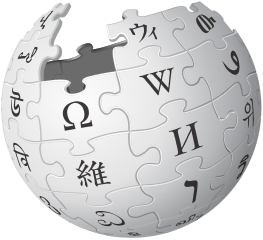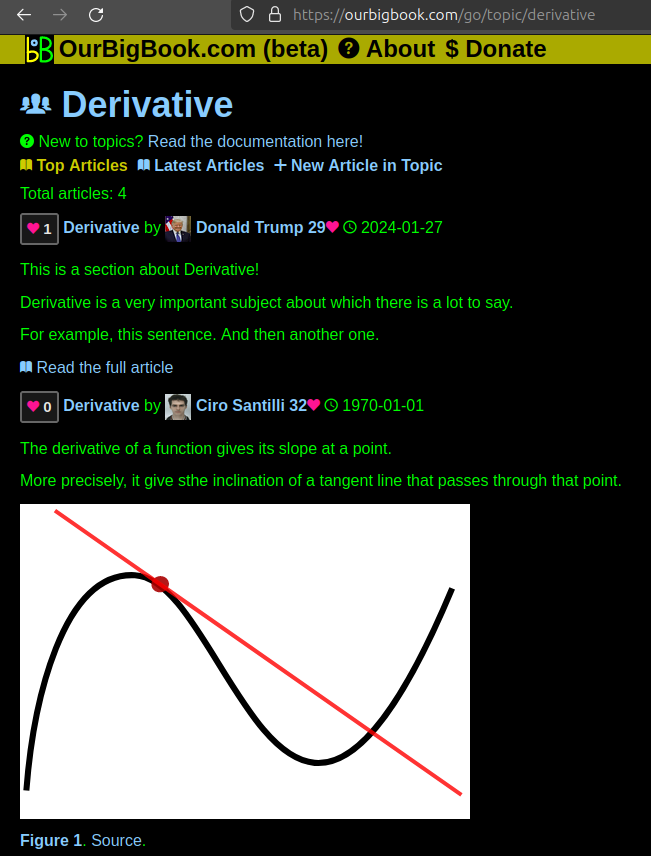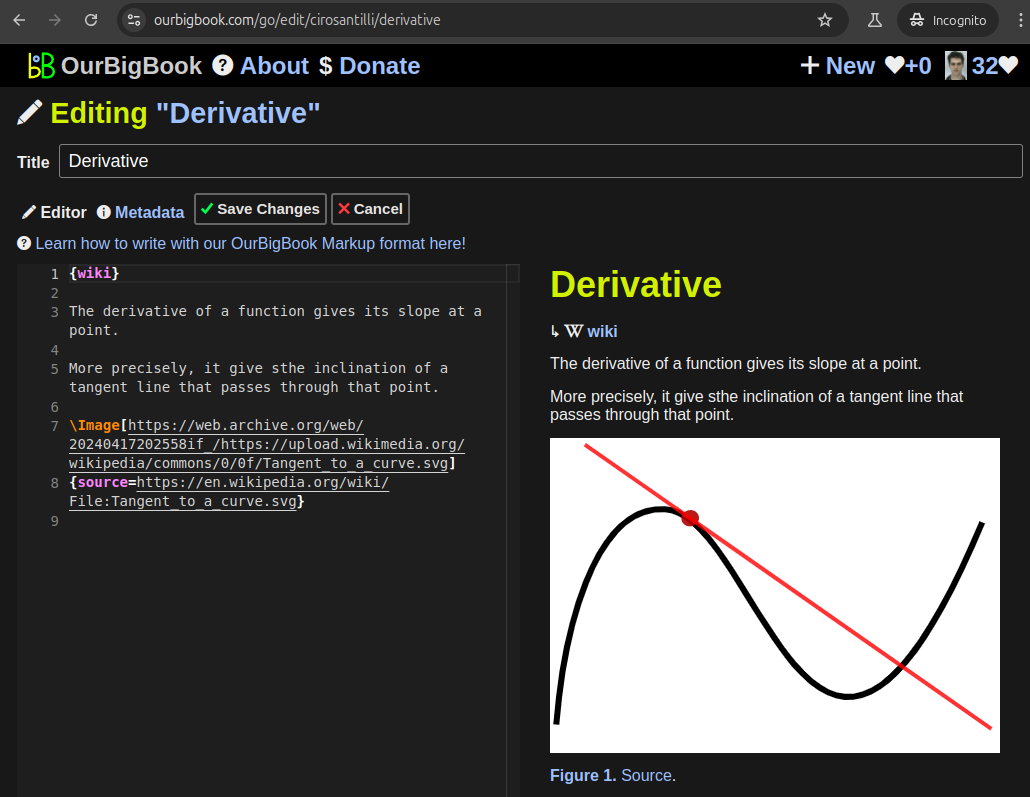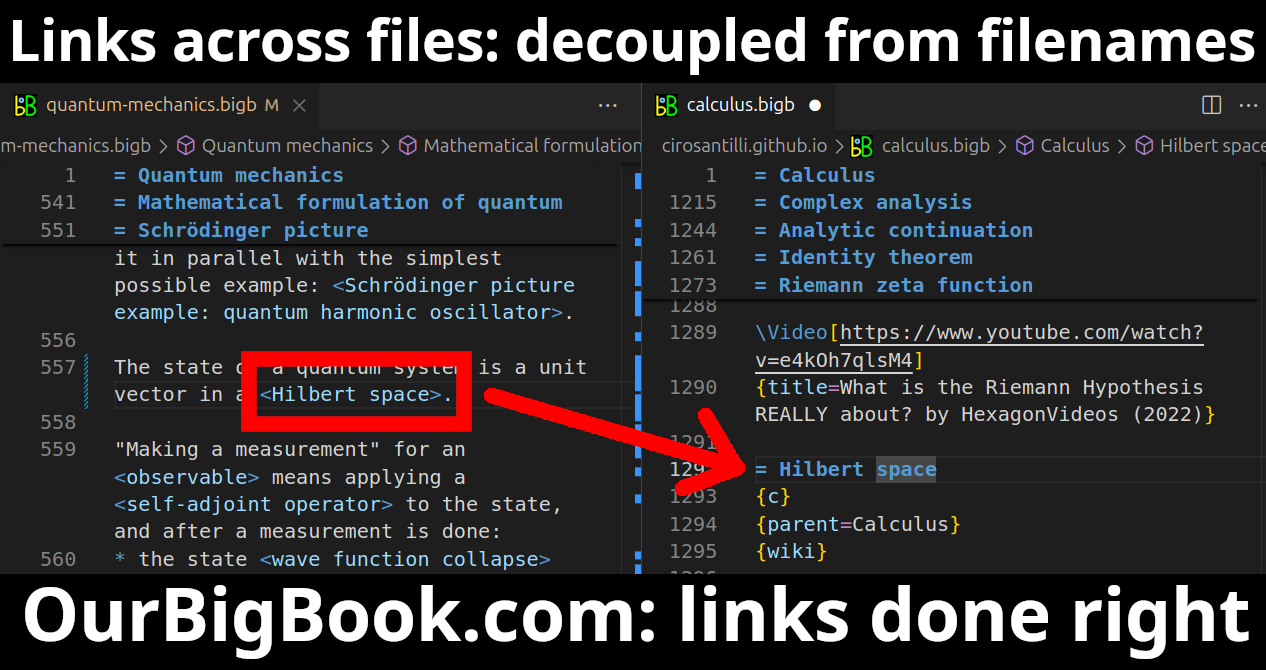Philip Holmes could refer to a variety of individuals, as the name may not be unique to a single prominent figure. Without additional context, it's challenging to identify which Philip Holmes you’re referring to. For example, Philip Holmes might refer to an academic or researcher in fields such as mathematics or engineering, or it could refer to a business professional or a figure in popular culture.
Maritime hydraulics in antiquity refers to the study and application of hydraulic principles related to the design and operation of watercraft and maritime infrastructure in ancient civilizations. This encompasses various engineering techniques and technologies used to manage water, facilitate naval navigation, and improve maritime operations. Key aspects of maritime hydraulics in antiquity include: 1. **Ship Design and Construction**: Ancient civilizations, such as the Greeks, Romans, Egyptians, and Phoenicians, developed advanced shipbuilding techniques.
Olga Boudker is a prominent neuroscientist known for her research on ion channels, particularly in the context of neuronal signaling and synaptic transmission. She has made significant contributions to the understanding of how neurons communicate with each other through the study of proteins that facilitate the movement of ions across cell membranes. Boudker's work often involves advanced techniques in biochemistry, molecular biology, and techniques such as X-ray crystallography and electrophysiology to explore the structure and function of these vital proteins.
Lawrence K. Frank is a name associated with various professionals, often in psychology or education, but one of the most notable figures is a prominent psychologist known for his work in the fields of child development and educational psychology. He made significant contributions to the understanding of emotional and social development in children and was involved in establishing important educational and psychological frameworks.
Anders Hald is best known for his work in statistics and is particularly recognized for his contributions to statistical theory and methods. He was a Danish mathematician and statistician, and one of his notable contributions is the book "A History of Statistical Concepts," which traces the development of statistical ideas over time. Hald's work has significantly influenced the field of statistics, especially in areas involving the foundations of statistical inference and design of experiments.
Minicharged particles are hypothetical particles in particle physics that possess a fractional electric charge, typically much smaller than the elementary charge (the charge of an electron or proton, denoted as \( e \)). Instead of carrying a whole number of the fundamental charge, these particles might carry a charge that is a fraction of \( e \), such as \( \epsilon e \), where \( \epsilon \) is a small dimensionless number.
The "coin problem" often refers to various mathematical problems and puzzles involving coins, which can take different forms depending on the context. Here are a few versions of what might be considered a "coin problem": 1. **Coin Change Problem**: This is a classic problem in combinatorial mathematics and computer science. Given a set of coin denominations and a total amount of money, the goal is to determine the number of ways to make the total amount using the coins.
The Erdős–Straus conjecture is a problem in number theory that was proposed by the mathematicians Paul Erdős and George Strauss in 1948. The conjecture asserts that for every integer \( n \geq 2 \), the equation \[ \frac{4}{n} = \frac{1}{x} + \frac{1}{y} + \frac{1}{z} \] has solutions in positive integers \( x, y, z \).
Miniature hydraulics refers to the use of hydraulic systems at a small scale, typically in applications where standard hydraulic components would be too large or impractical. These systems operate on the same principles as traditional hydraulics, utilizing pressurized fluid to transmit force and perform work, but are designed to handle smaller volumes and lower pressures.
The Erdős–Diophantine graph is a concept in graph theory that arises in connection with number theory and combinatorics, particularly focusing on the relationships defined by some Diophantine properties. In this setting, the vertices of the graph typically represent natural numbers or integers, and edges are drawn based on a specific Diophantine condition. The most common version of the Erdős–Diophantine graph considers pairs of integers that satisfy a particular equation or set of equations.
The term "isosceles set" does not appear to be a widely recognized term in mathematics or any specific field. However, it might be a misinterpretation or a confusion with the term "isosceles triangle," which refers to a triangle that has two sides of equal length.
The term "China doll" can refer to a couple of different things, depending on the context: 1. **Porcelain Doll**: A "China doll" is often a type of doll made from porcelain or china, characterized by its delicate features, painted facial expressions, and sometimes intricate clothing. These dolls have been popular collectibles, especially in the 19th and early 20th centuries. They are known for their fragile nature and often depict various historical or cultural themes.
Christian Doppler was an Austrian physicist and mathematician best known for his work in the field of wave theory, particularly for formulating the Doppler effect. Born on November 29, 1803, and passing away on March 17, 1853, he made significant contributions to the understanding of sound and light waves.
J.W. Niemantsverdriet is a notable figure in the field of chemistry and materials science, particularly known for his work in catalysis and surface science. He has contributed significantly to the understanding of chemical reactions on surfaces, particularly in the context of heterogeneous catalysis. His research often involves the application of spectroscopic techniques to study reactions at the molecular level. In addition to his research contributions, Niemantsverdriet has been involved in educating and mentoring students in the field of chemistry.
Oreste Piro is an Italian-American artist and painter known for his expressive and vibrant works that often blend abstract and figurative elements. His art frequently explores themes of identity, culture, and the human experience, encapsulating a diverse range of influences.
A "spiric section" is not a widely recognized term in mathematics or any particular field. However, it seems like you might be referring to "spherical section" or "spiral section." 1. **Spherical Section**: In geometry, a spherical section refers to the intersection of a sphere with a plane. This intersection results in a circle. The properties of the resulting circle can vary depending on how the plane intersects the sphere.
In graph theory, an "orientation" of a graph refers to a directed version of the graph obtained from an undirected graph (or simply a graph) by assigning a direction to each of its edges.
Pinned article: Introduction to the OurBigBook Project
Welcome to the OurBigBook Project! Our goal is to create the perfect publishing platform for STEM subjects, and get university-level students to write the best free STEM tutorials ever.
Everyone is welcome to create an account and play with the site: ourbigbook.com/go/register. We belive that students themselves can write amazing tutorials, but teachers are welcome too. You can write about anything you want, it doesn't have to be STEM or even educational. Silly test content is very welcome and you won't be penalized in any way. Just keep it legal!
Intro to OurBigBook
. Source. We have two killer features:
- topics: topics group articles by different users with the same title, e.g. here is the topic for the "Fundamental Theorem of Calculus" ourbigbook.com/go/topic/fundamental-theorem-of-calculusArticles of different users are sorted by upvote within each article page. This feature is a bit like:
- a Wikipedia where each user can have their own version of each article
- a Q&A website like Stack Overflow, where multiple people can give their views on a given topic, and the best ones are sorted by upvote. Except you don't need to wait for someone to ask first, and any topic goes, no matter how narrow or broad
This feature makes it possible for readers to find better explanations of any topic created by other writers. And it allows writers to create an explanation in a place that readers might actually find it.Figure 1. Screenshot of the "Derivative" topic page. View it live at: ourbigbook.com/go/topic/derivativeVideo 2. OurBigBook Web topics demo. Source. - local editing: you can store all your personal knowledge base content locally in a plaintext markup format that can be edited locally and published either:This way you can be sure that even if OurBigBook.com were to go down one day (which we have no plans to do as it is quite cheap to host!), your content will still be perfectly readable as a static site.
- to OurBigBook.com to get awesome multi-user features like topics and likes
- as HTML files to a static website, which you can host yourself for free on many external providers like GitHub Pages, and remain in full control
Figure 3. Visual Studio Code extension installation.Figure 4. Visual Studio Code extension tree navigation.Figure 5. Web editor. You can also edit articles on the Web editor without installing anything locally.Video 3. Edit locally and publish demo. Source. This shows editing OurBigBook Markup and publishing it using the Visual Studio Code extension.Video 4. OurBigBook Visual Studio Code extension editing and navigation demo. Source. - Infinitely deep tables of contents:
All our software is open source and hosted at: github.com/ourbigbook/ourbigbook
Further documentation can be found at: docs.ourbigbook.com
Feel free to reach our to us for any help or suggestions: docs.ourbigbook.com/#contact






